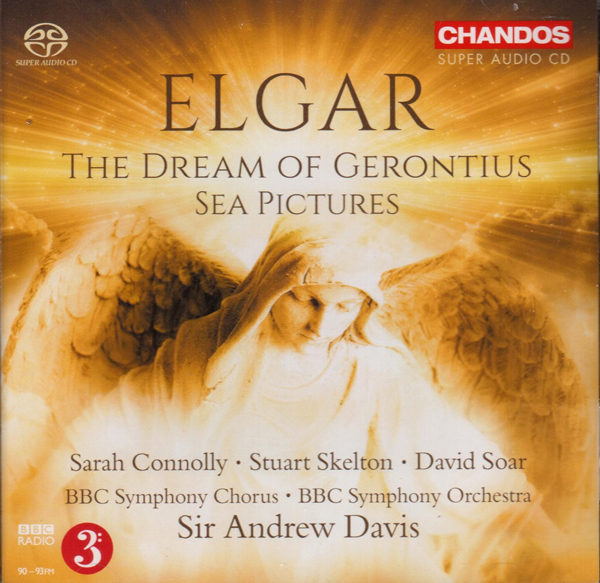As part of its summer programme, English National Opera appeared at the Royal Festival Hall for a captivating production of Elgar’s The Dream of Gerontius. Multi-award winning lighting designer Lucy Carter used 160 X4 Bar GLP – controlled with ETC Eos® Ti and RPU3 – to create an additional layer of emotion and energy to support and reflect the music.
Widely regarded as Elgar’s finest choral work, The Dream of Gerontius relates the journey of a pious man’s soul from his deathbed to his judgment before God and settling into Purgatory. To evoke an otherworldly feel, Carter opted for simple staging with abstract lighting energies that combined with the music to create an ethereal quality.
“When I was researching this production and arrived at my eventual design decisions, I knew that in order to create the complex and detailed environments to match the expansive and evocative music and themes of the libretto, I would need an immense amount of flexibility from my rig,” says Carter. “I chose to work almost exclusively with the GLP impression X4 Bars and Eos pixel mapping, and to use video files to populate the designed structure of the lights with energies and light textures.”
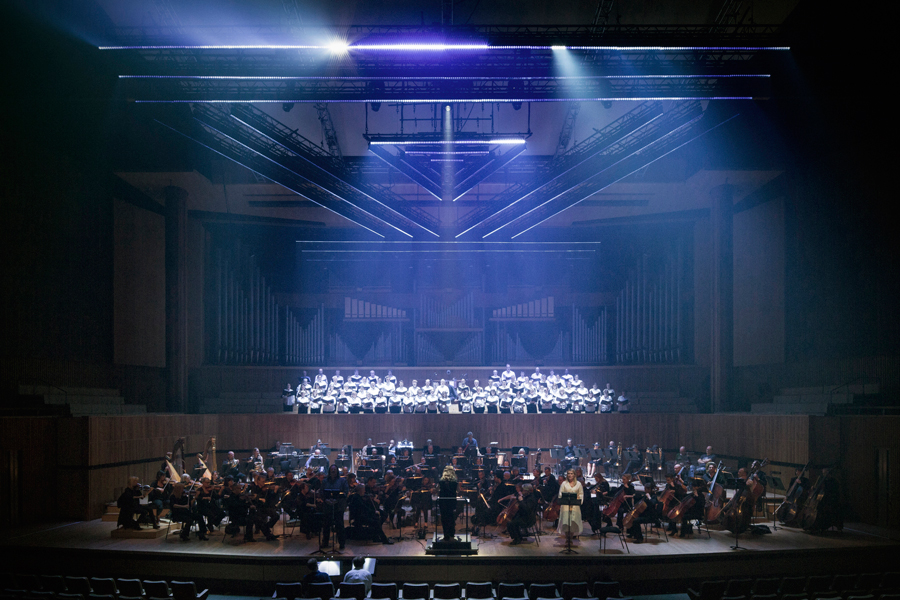
Supplied by PRG, the rig consisted primarily of 160 GLP impression X4 Bars, arranged into six concentric triangles positioned over the orchestra, and three rows over the chorus. Lighting of the choir and orchestra was delivered by 12 Martin Mac Aura XBs, with the soloists and conductor lit by a combination of ETC Source Four® LED Series 2 Lustr and Vari-Lite VL1000 AS fixtures. The rig required in excess of 40 universes of DMX, delivered via 14 ETC DMX/RDM Four-Port Gateways mounted locally on the trusses by production electrician Martin Chisnall.
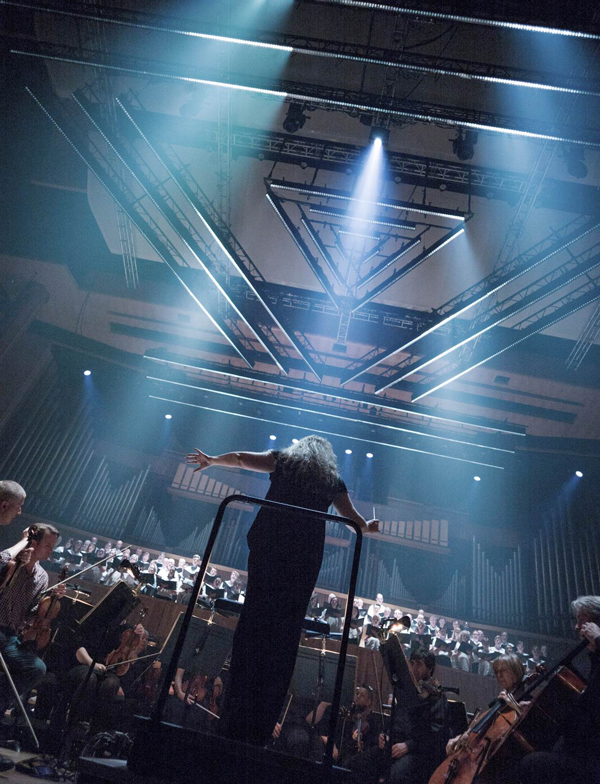
Lucy Carter visualised this epic design in WYSIWYG over a three-week period before having to set up the massive test rig at RFH, which then had be derigged for another production before being reinstalled in what proved to be an extremely tight time frame.
Introduced to ENO by artistic director Daniel Kramer, who had been impressed with her exploration of light as a performance in its own right in Sadler’s Well’s actor-free production of No Body, she explained her rationale. “I researched the score and knew I needed something that sculpted space.
I had a lot of people onstage and orchestra stands are not particularly beautiful — therefore I needed to create another layer which would evoke the journey with light emotion and light texture.” She researched the best means of achieving this and after being shown the versatile X4 Bars she sourced the lights from PRG, led by Jon Cadbury, who have supplied both her and the ENO with solutions in the past.
“The Bars gave me the zoom possibility, with a tight curtain of light, as well as the flood as a wash. On top of that, the tilting was brilliant, as was the colour mixing. “I had initially only wanted them to be white but suddenly I had a whole tool box and great colour pallet.”
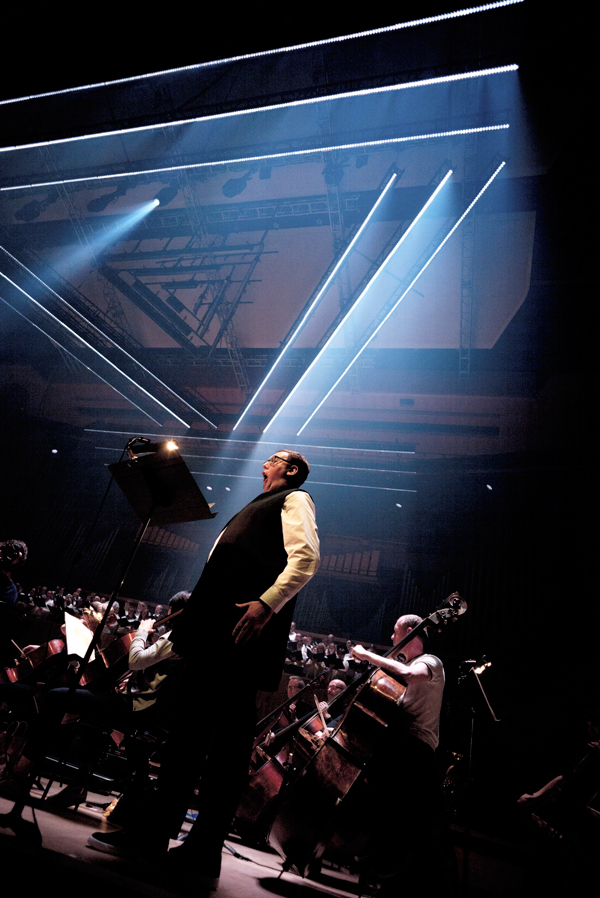
Carter also spoke to top theatre designer, Neil Austin, who has worked closely with GLP solutions, and he suggested the 2 degree filter, which he had been instrumental in designing. “At close range the blending hadn’t quite come together and this immediately alleviated any fears, although I doubt that at 10 metres it would have been noticeable. But it was really impressive and cleared any anxieties about short distance viewing.”
“We use smoke effects to populate across the lights to produce a continually moving organic feeling, with a lot of haze through the whole rig. It was one ginormous pixel map and we needed a high spec desk.”
To deliver the dynamic range of looks required, Carter worked closely with lighting programmer Jenny Kershaw, with programming support from Andi Davis, on behalf of ETC. “Jenny and I have been working with these ideas for a few years, and the ETC desks are an essential tool for our design work,” says Carter. “I want the lighting textures to feel organic and not mathematically produced and Jenny is able to manipulate the effects tools to create the dancing light textures I want. These are not repetitive effects, but seemingly evolving and dynamic.”
“The Eos Ti’s ability to deliver pixel mapping via the on-board Virtual Media Server, along with its conventional channel-based control, meant it was the perfect solution for this project,” adds Kershaw. “The content was generated on-board via effect layers, allowing for fast and convenient creation and editing of the looks required.”
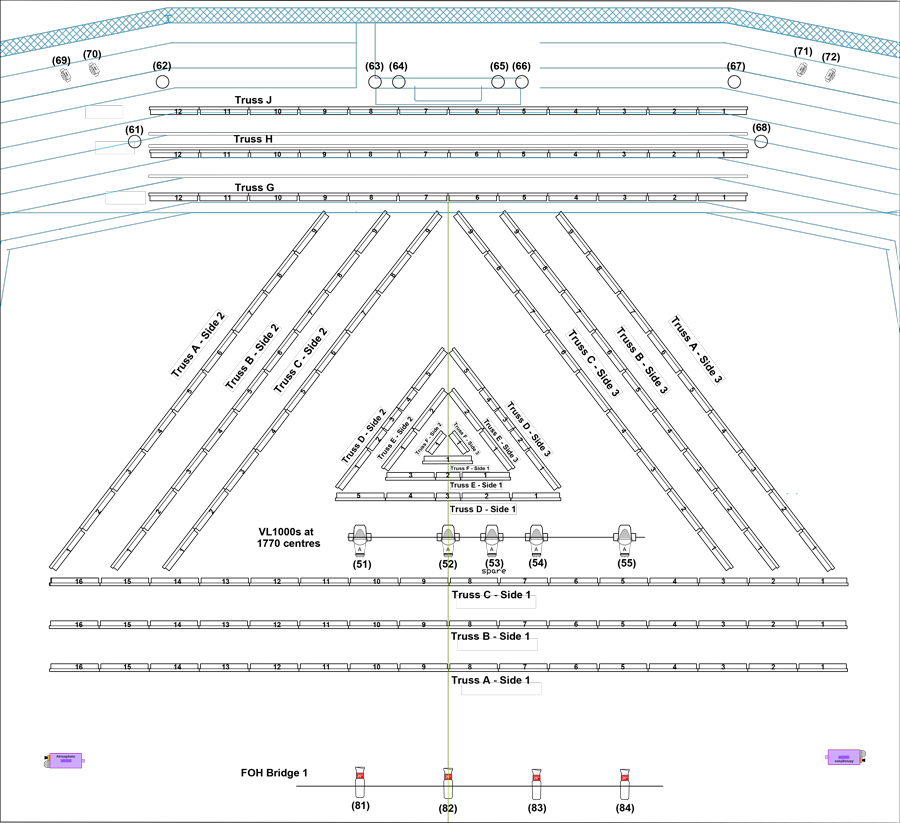
The demands of this project saw ETC further expand the capabilities of its celebrated Eos software by adding extensions to the existing Eos Family Virtual Media Server feature. The pixel map size limits have been enhanced, allowing for control of up to 16,000 pixels. Additionally, Virtual Effect Layers have been modified to enable generation and manipulation of content for much larger pixel maps, and a variable server smoothing feature has been added.
“Thanks to the fantastic support we received from ETC and Andi Davis, we managed to achieve the complexities I was looking for,” says Carter. “With almost 500 cues and effects and numerous cue lists running simultaneously, Eos never let us down.”
More information:
- ETC products visit ETC website
- GLP products visit GLP website



